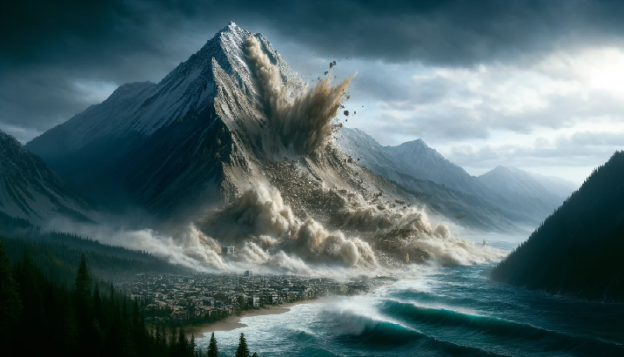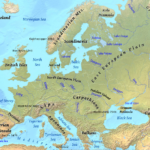In 1970, a major earthquake (magnitude 7.7) in Peru caused a massive collapse of the summit of Mount Huascaran in the Andes. The large amount of rock and ice (about 100 million cubic metres) that fell from the mountain flowed down for about 14.5 kilometres at more than 300 kilometres per hour. This flow over a 230-meter-high ridge covered the town of Yungai, with a population of 25,000, in a 5-meter-thick layer, killing around 15,000 people.
Meanwhile, in Japan, a 6.8-magnitude earthquake in 1984 in western Nagano Prefecture caused the collapse of some 36 million cubic metres of earth and rock at Kiso-Ontake; in 1792, Mount Unzen-Mayuma probably collapsed in an earthquake, causing some 340 million cubic metres of rock to collapse and flow into the Ariake Sea, causing a tsunami of up to 23 metres.
In an ordinary landslide, the coefficient of friction that indicates the distance and speed at which rocks and soil move is around 0.5, but in a particularly large debris avalanche, this can drop to 0.1 and move much further and faster. Large volcanoes are more prone to such large landslides because of the instability of their internal structure.
Source:
https://dil.bosai.go.jp/workshop/2006workshop/gakusyukai12.html



![Day_7 : 今日は日本語で:(タイ国 リスクアセスメントマッピング)[Japanese]](https://disasterresearchnotes.site/wp-content/plugins/wordpress-23-related-posts-plugin/static/thumbs/7.jpg)


